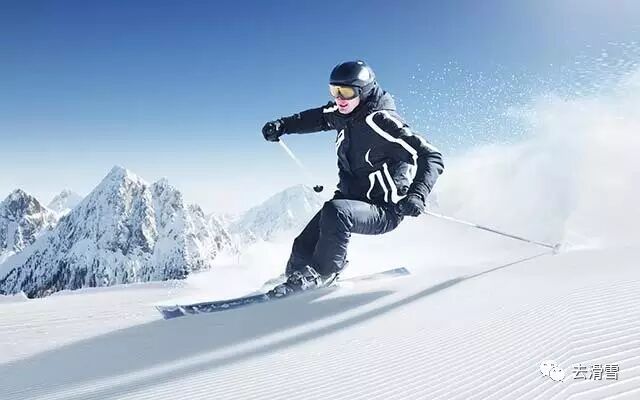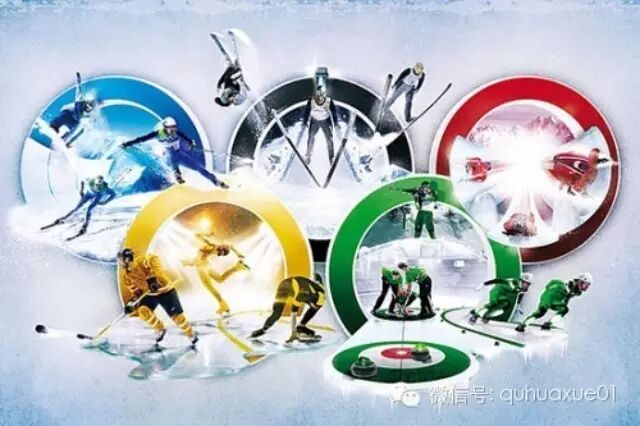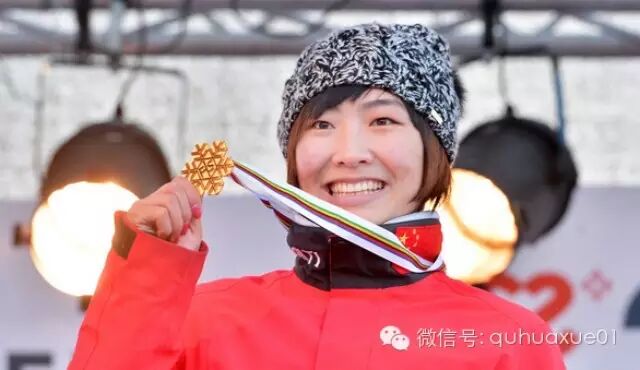Must-have cool board moves—ready to steal the show on the slopes?
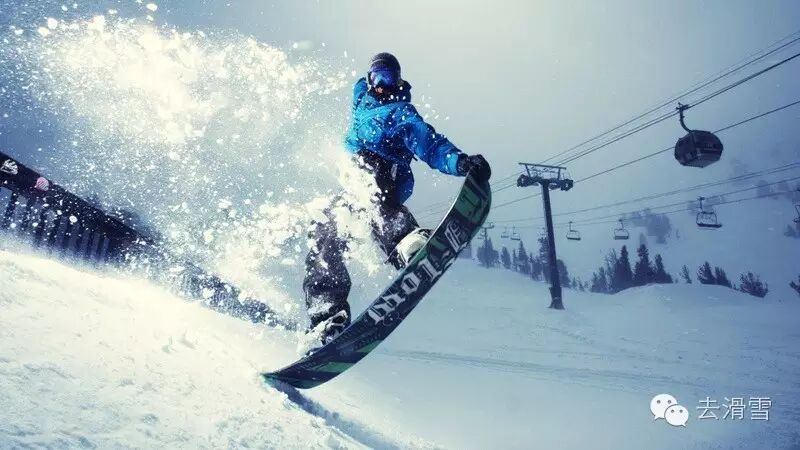

When watching snowboard halfpipe tricks, do you ever envy the incredible grab moves that leave you in awe? These maneuvers not only showcase the skier’sPersonal style, and can also effectively assist ridersControlling rotation in mid-air while maintaining body stabilityWhile rocking the cool vibe, you can alsoHelpful for advancing your gliding skillsIt seems you really can’t afford to be careless with your snowboarding stance. Today, as we head out skiing, let me introduce you to some of the more popular techniques.Grabbing board stanceAndTechnical EssentialsLet's embark together on the irreversible path of rocking out and showing off our skills!
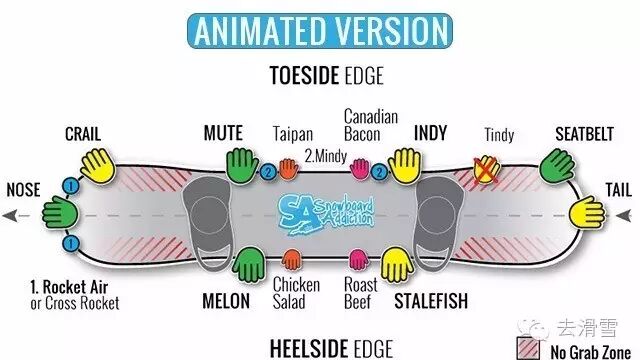
Slob Air: Grip the front edge with your leading hand, catching the toe of the front foot.
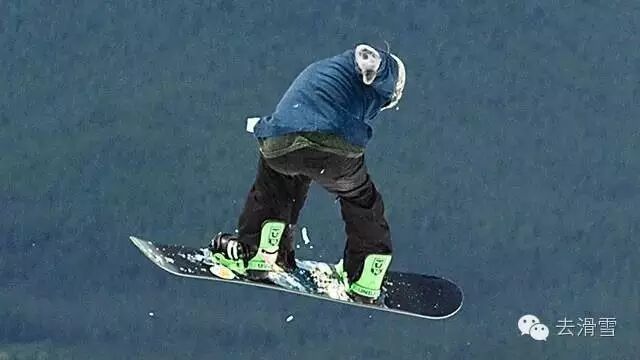
Crail Air: The backhand grip grabs the front blade portion of the front foot's toe from the front of the body.
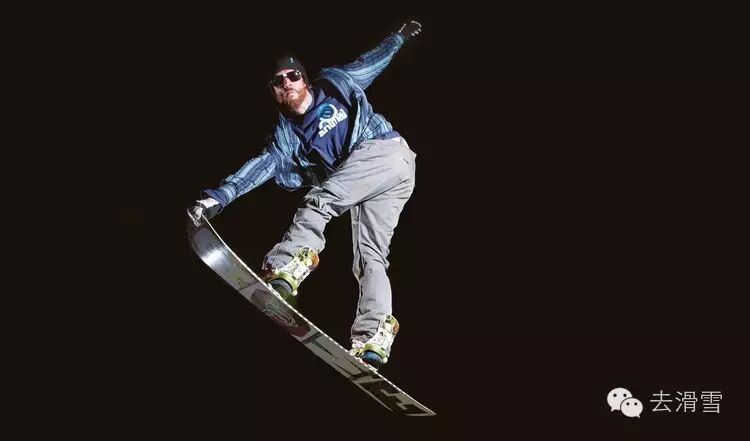
Mute Air: Grip the front edge—either the toe area of the front foot or the section between the bindings—with your front hand, while simultaneously extending your back leg outward.
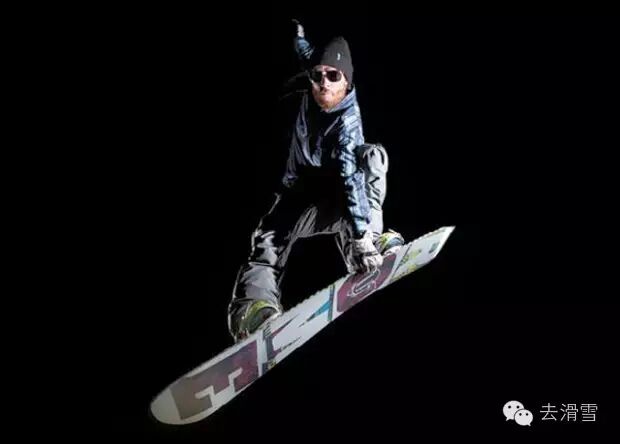
Mellanchollie air: Grasp the back blade portion between the front-hand fixators.
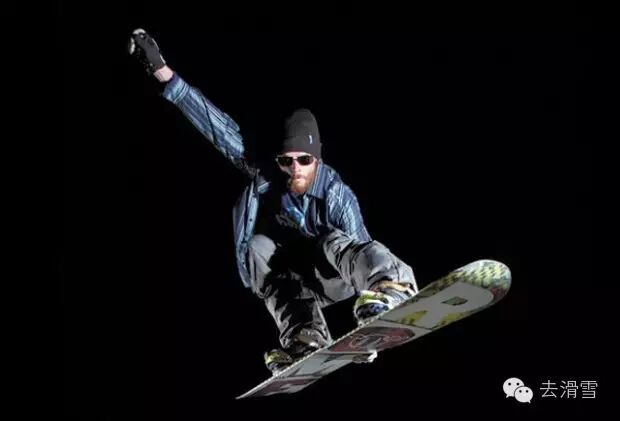
Indy Grab: Grip the front edge between the rear hand and the binding—but your rear hand must grab the board inward, positioned outside your back foot. **Note:** When performing this trick, never actively reach for the board with your hands; that’s a major mistake. Instead, first pull the snowboard close to your body before attempting to grab it. However, simultaneously pulling the board toward you with both feet is also incorrect. Instead, you need to catch the board precisely at the moment you reach the peak of your jump—specifically, as your front foot lifts the board upward while your back foot smoothly follows, completing the grab in that instant.
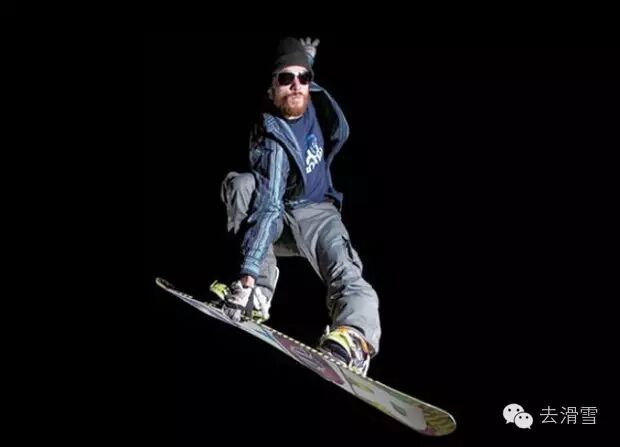
Indy Nosebone: After completing the Indy Grab—where you use your backhand to grab the edge between the bindings while simultaneously kicking your front leg forward—the board movement becomes even more stylish than the Indy Grab itself.
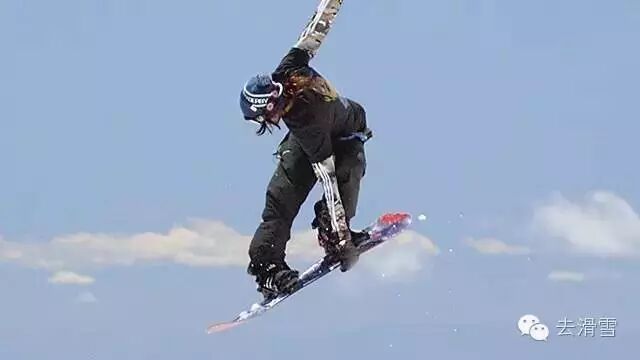
BonelessThis trick might sound complicated, but it’s actually not that difficult. I recommend starting by practicing a few times on flat ground—first with both feet in the bindings, and then gradually transitioning to placing your back foot on the non-slip pad atop the board while keeping the other foot securely in the binding.
When you’re ready to slide down, you can give yourself a little jump before quickly executing a grab motion with your back hand at the perfect moment, then releasing it immediately afterward. The tricky part comes next: smoothly bringing your back foot back onto the board—a step that requires some finesse. Try landing primarily using just the foot still locked into the binding—it’ll feel challenging at first, since maintaining balance becomes even more demanding.
Take your time here; don’t rush. Instead, allow your body to settle naturally and regain stability before committing to the landing. Mastering this technique will take practice, but once you’ve nailed it a few times, it’ll start feeling much easier. So, begin by practicing on flat ground to get comfortable with the one-footed downward movement, and only when you feel confident enough should you move on to tackling the slope.
Stale Fish"This is a very classic grab move. The backhand grabs the back edge between the tail and the nose. As you do this, your backhand should wrap around the outside of your back leg to reach the board, while your front hand naturally lifts upward."
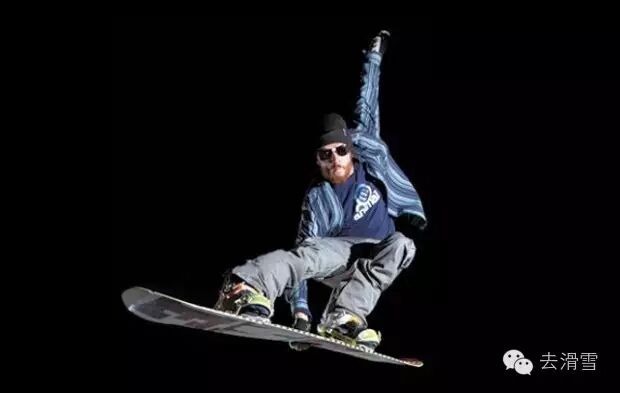
Attention: When performing the backside spin, your body must not lean backward. In other words, your center of gravity should remain directly over the center of the board. The moment you pull the board up to your hips marks the highest point of your jump. After completing the move, quickly bring your hands back to restore balance before landing.
Roast Beef: With a low center of gravity, after jumping off the board, bend your knees and use the board’s rebound force to pull the snowboard closer to your body. Meanwhile, reach your backhand through the gap between your legs to grab the rear edge of the board’s binding, while your front hand naturally rises upward.
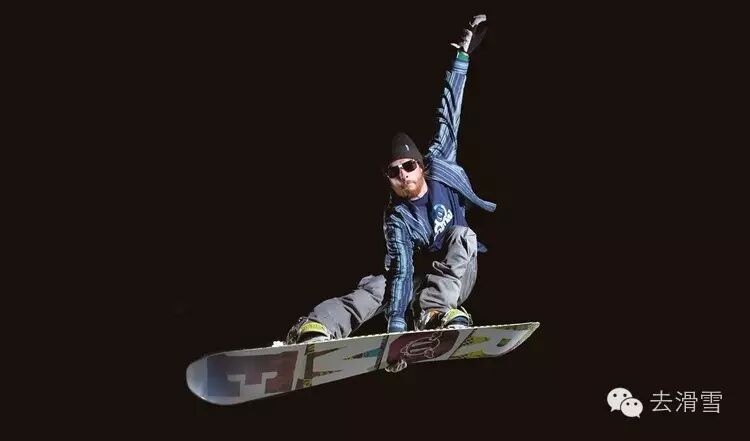
Attention: Keep your body upright, maintain your balance, and prepare for landing.
Japan Air: Start by reaching forward with your front hand, grabbing the outer edge of your front foot’s forward blade while keeping your knee bent. At the same time, lift your back hand upward behind you. Importantly, maintain excellent body balance throughout this motion—only then can you achieve optimal stability in mid-air. As you grab the board, shift your weight onto your front leg, which will also help you land smoothly. When performing this move, your back leg typically pushes backward for extra power. And remember, avoid letting the board glide parallel to the ground—doing so would pull your front hand downward, resulting in an unattractive and awkward stance. This technique is very similar to the Mute Air, except that in the latter, you’re actually grabbing the nose of the board’s forward blade instead.
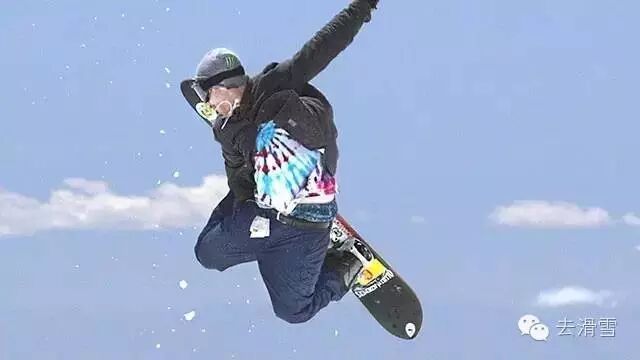
Method Air: The front hand grabs the back edge of the board between the bindings, positioned along the rear side of your body. To execute this move successfully, you’ll need a high takeoff and ample airtime. That’s why finding the right kicker is crucial. After jumping, bend your knees and use your heels to pull the snowboard upward toward your hips. Meanwhile, swing your back hand forward toward your shoulder, while rotating your upper body slightly to the right. Next, guide your front hand around the outside of your front foot, grabbing the back edge just behind both feet. Finally, release your hands, lower your center of gravity, and land smoothly. If the hand holding the board manages to lift it all the way up to hip height during the grab, you’ve landed an almost perfect Method Air!
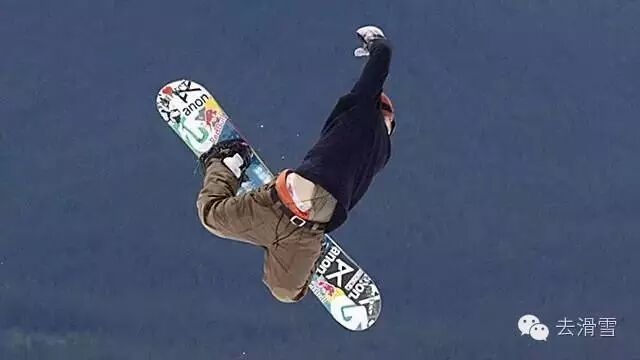
Tweak: Whenever you complete a movement, make small adjustments to your original posture—for example, after finishing a motion that requires you to push your foot forward, extend your leg even farther just before ending the action.
Tail Grab: "Afterhand grab the tail. This is a fundamental move in board control. After jumping, use the board's rebound to pull your back foot forward, bringing the snowboard closer to your body. As you land, keep your back leg extended while continuing to pull the board backward and upward. At the same time, kick your front leg forward to press down on the board's nose. Your front hand naturally follows by reaching out ahead, making it easy for your back hand to grab the tail."
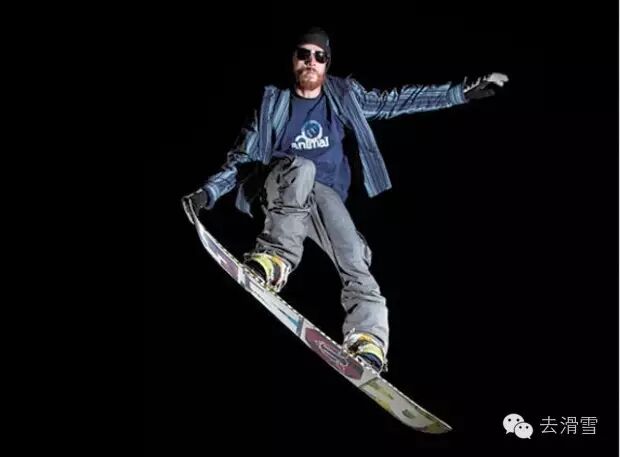
Attention: The optimal time to grab the board is just as you’re starting your descent after reaching the peak of your jump. Additionally, shifting your center of gravity toward the middle of the snowboard is essential for a safe landing.
Sad Air: The front blade section between the forehand grips. Push the front leg forward.
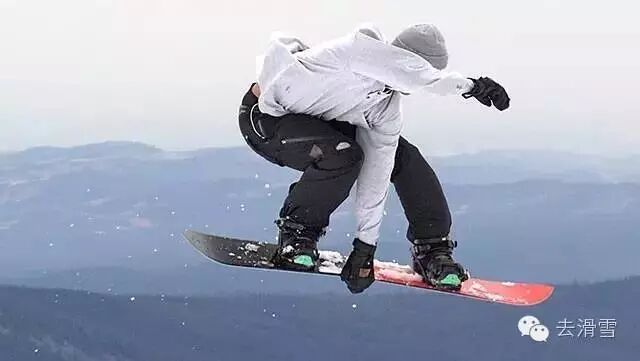
Nose Grab: Start by grabbing the nose of the board with your front hand. As you jump, use the board’s rebound force to pull the back foot forward, drawing the snowboard closer to your body. During the landing phase, keep your front leg pulling the board toward your side while simultaneously kicking your back leg forward. Simultaneously, press down on the tail of the board, and let your back hand naturally extend backward—this will make it easy for your front hand to grab the tail.
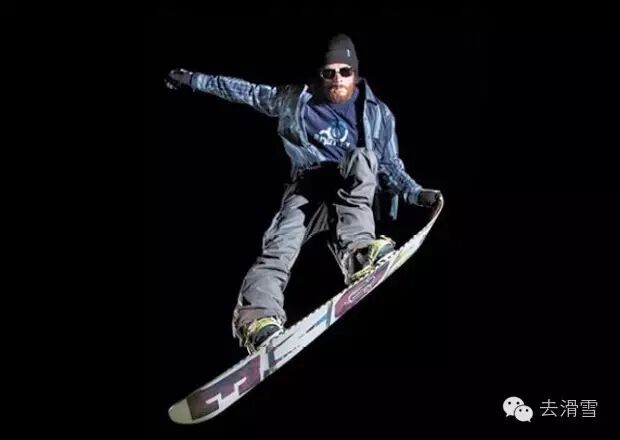
Lien Air: Slightly bend your front leg at the knee, and use your front hand to grip the back edge of the board near its nose—specifically, just slightly ahead of the front binding’s position on the back edge. Then, extend your back leg fully. As you do this, the hand holding the board will instantly pull it upward. Next, lean your upper body forward, causing your body to tilt toward the back edge of the board’s nose. Once you’ve confirmed that you can maintain this tilted position, simultaneously bend both knees. And just like that, you’ve successfully executed a Lien Method move—a technique that demands a high level of balance and control!
Tai Pan Air: Guide your front hand through the inside of your front foot, extending it toward the forward edge of the board between your front and back feet.
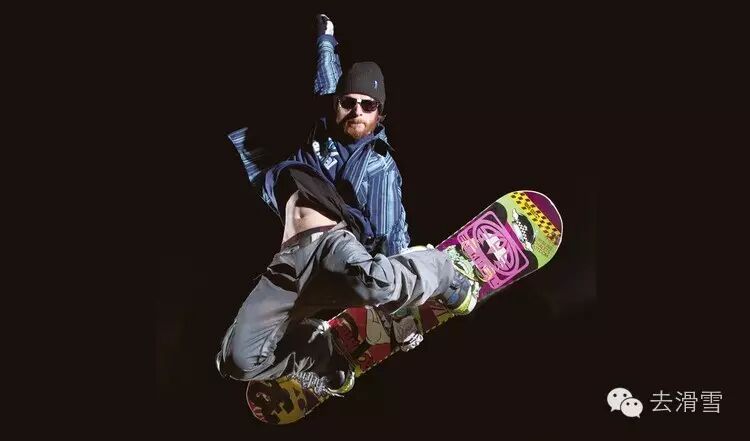
Suitcase Air: Bend both knees simultaneously, leaning them outward as far as possible—until your heels can touch your hips. However, this movement differs from Method’s action of pulling the board upward. Next, reach your front hand underneath the board to grab its forward edge.
Canadian Bacon Air: Slightly bend your knees and lean your upper body forward. Then, reach your back hand around the back of your trailing leg to grab the front edge section between your legs. Now, shift your weight toward the nose of the board while simultaneously extending your back leg, creating a tailbone position.
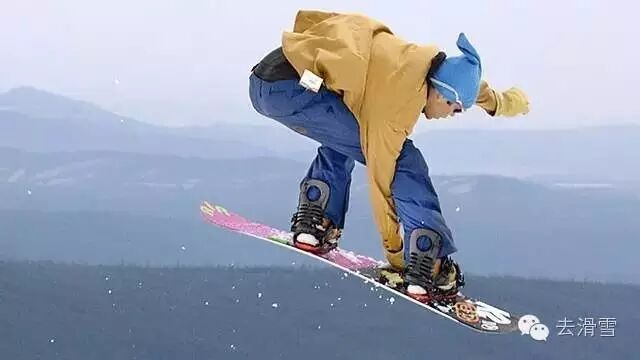 Nuclear GrabFirst, perform a Crail grab move, then gently bend your front knee—this will naturally position your body as if you’re already executing the grab. Next, bring your back hand across the front side of your body to grab the same spot you’d target in a Lien Air. As you extend your back leg outward, forming what’s known as the "tailbone," you’ll complete the grab motion.
When you extend the back edge of your back leg while simultaneously pulling the board forward onto its front edge during the grab, the result is visually striking and elegant. However, remember to keep your gaze firmly focused ahead as you lean onto the back edge—otherwise, your movement may look awkward or even sloppy, resembling nothing more than a poorly executed back-edge rotation.
Nuclear GrabFirst, perform a Crail grab move, then gently bend your front knee—this will naturally position your body as if you’re already executing the grab. Next, bring your back hand across the front side of your body to grab the same spot you’d target in a Lien Air. As you extend your back leg outward, forming what’s known as the "tailbone," you’ll complete the grab motion.
When you extend the back edge of your back leg while simultaneously pulling the board forward onto its front edge during the grab, the result is visually striking and elegant. However, remember to keep your gaze firmly focused ahead as you lean onto the back edge—otherwise, your movement may look awkward or even sloppy, resembling nothing more than a poorly executed back-edge rotation.
Seatbelt Air: Start with the Canadian Bacon Air as your base move, but instead of leaning toward the board’s nose and kicking your back leg out to create a tailbone, bend your knees while simultaneously arching your back as far as possible into a graceful curve. Of course, always keep your balance in check!
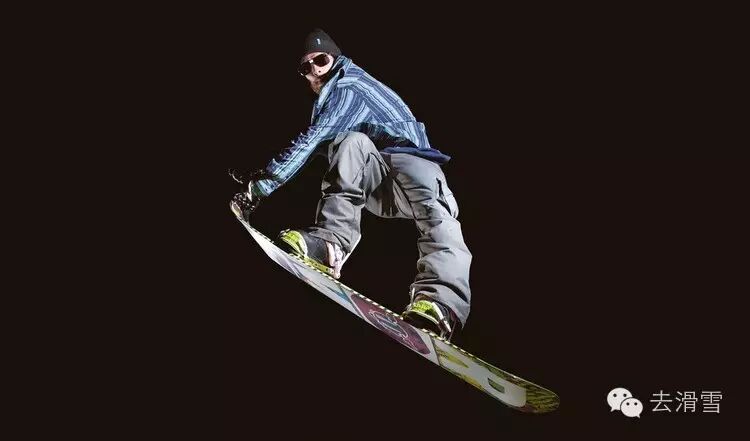
Chicken Salad Air: The front hand grabs the back edge between the fixators positioned between the legs. Rotate the wrist inward to complete the grab.
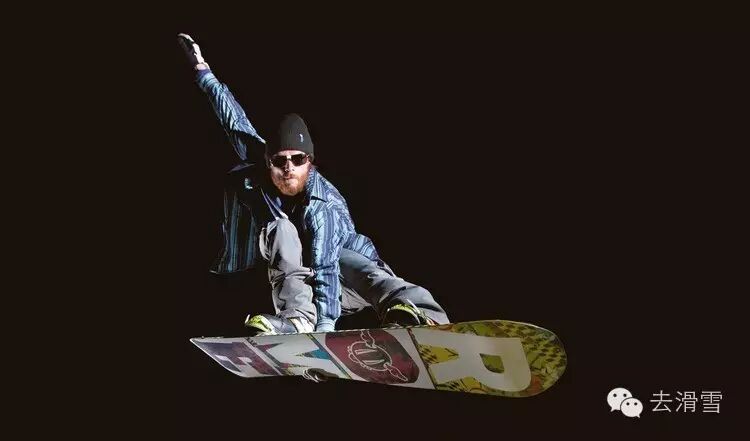
Mute Stiffy: After takeoff, bend your knees and pull the snowboard close to your body—similar to the Japan Air move. At the peak of the jump, extend both legs simultaneously, or just the back leg if preferred. As the back leg pushes the board into a horizontal position, the front leg naturally straightens, lifting the board upright. At this moment, lean forward with your upper body and reach out with your leading hand to grab the front edge of the board.
Attention: Keep your body balanced well when stretching your legs in the air.
Corkscrew: This noun is commonly used to describe a relatively quick and effortless rotational movement—whether in freestyle skiing or in halfpipe maneuvers. It can also refer to any rotation that occurs without a fixed axis.
Grasser:A method of grabbing the board—except Grasser grabs the nose, lifting the board forward with the nose pointing downward.
Revert: Transitioning between glides—switching from forward glide to backward glide, or vice versa.
Swiss Cheese Air: The backhand grips the heel from behind, catching the rear edge between the legs, while simultaneously kicking the back leg forward.
Misty Flip: During the aerial straight-line jump, a forward 540-degree flip (also known as the McTwist 540) is performed—launching into the air with a forward glide and landing in an inverted, backward-gliding position.
Nose Bonk: Use the tip of the snowboard to tap the object, then immediately glide away.
Nose Slide: Simply glide the board's tip across the ground or over an object.
Nose press: Glide the tip of the snowboard along the railing or across the ground.
(Some images are sourced from the internet.)
Feel free to leave a comment below the article and add your thoughts if you're interested, fellow snow enthusiasts!
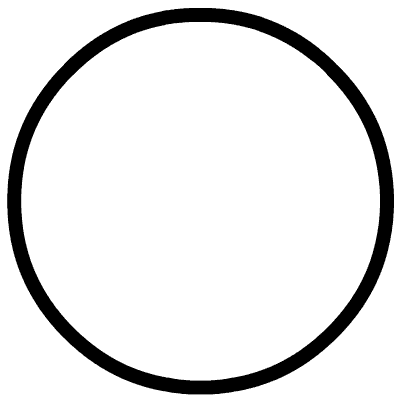


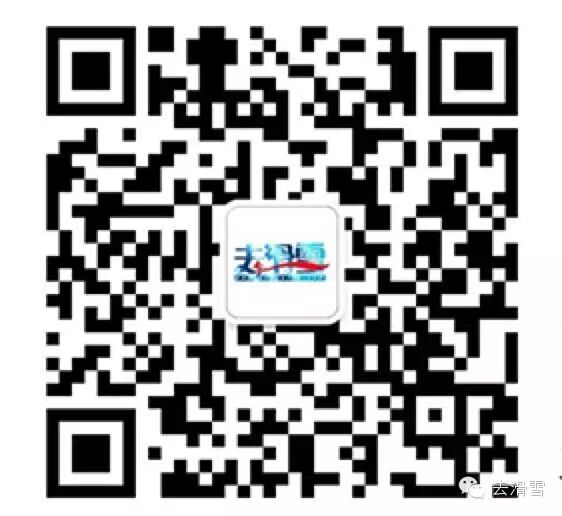 WeChat ID: quhuaxue01
WeChat ID: quhuaxue01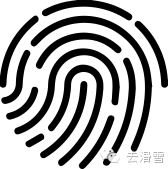 Long press the QR code on the left to follow
Long press the QR code on the left to follow